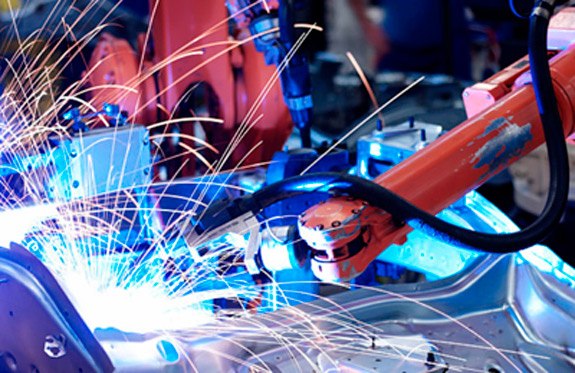Your car's cooling system plays a critical role in keeping your engine running smoothly, and the electric thermostat for car is a vital component of this system. The thermostat helps regulate the temperature of the coolant flowing through your engine and prevents it from overheating. Over time, the thermostat can wear out or become stuck in the open or closed position, leading to problems with your car's cooling system. In this article, we will discuss the process of replacing a coolant thermostat to ensure that your car's engine stays cool and running smoothly.
The first step in replacing a coolant thermostat is to identify if it is faulty. Some signs of a faulty thermostat include engine overheating, erratic temperature gauge readings, and low coolant levels. If you notice any of these symptoms, it's crucial to have your car inspected by a qualified mechanic to diagnose the issue.
Once you have identified that your car's thermostat is faulty, it's time to replace it. The process of replacing an automotive electronic thermostat can vary depending on the make and model of your vehicle. However, the general process is as follows:
Locate the Thermostat: The thermostat is typically located at the engine's top and is connected to the upper radiator hose. It is usually covered by a housing that is held in place by two or three bolts.
Drain the Coolant: Before removing the thermostat, you will need to drain the coolant from your car's cooling system. Place a container under the radiator and remove the drain plug or lower radiator hose to drain the coolant.
Remove the Thermostat Housing: Once the coolant has drained, remove the coolant thermostat housing by loosening the bolts or screws that hold it in place. Be careful not to damage the gasket or housing during the process.
Remove the Old Thermostat: Gently pull the old thermostat out of the engine block and remove any remaining gasket material.
Install the New Thermostat: Install the new thermostat, ensuring that it is positioned correctly and that the gasket is in place. Replace the thermostat housing and tighten the bolts or screws to the manufacturer's recommended torque specifications.
Refill the Coolant: Refill the cooling system with the recommended type and amount of coolant. Check for any leaks and top off the coolant as needed for car engine cooling system parts.
If your car has an electric thermostat, the process of replacing it is slightly different. Here are the general steps involved:
Disconnect the Electrical Connector: Locate the thermostat and disconnect the electrical connector.
Remove the Thermostat Housing: Loosen the bolts or screws that hold the thermostat housing in place and remove it.
Remove the Old Thermostat: Remove the old thermostat from the housing and clean the housing.
Install the New Thermostat: Install the new thermostat in the housing and ensure that it is positioned correctly.
Reinstall the Thermostat Housing: Reinstall the thermostat housing and tighten the bolts or screws to the manufacturer's recommended torque specifications.
Reconnect the Electrical Connector: Reconnect the electrical connector and ensure that it is securely in place.
